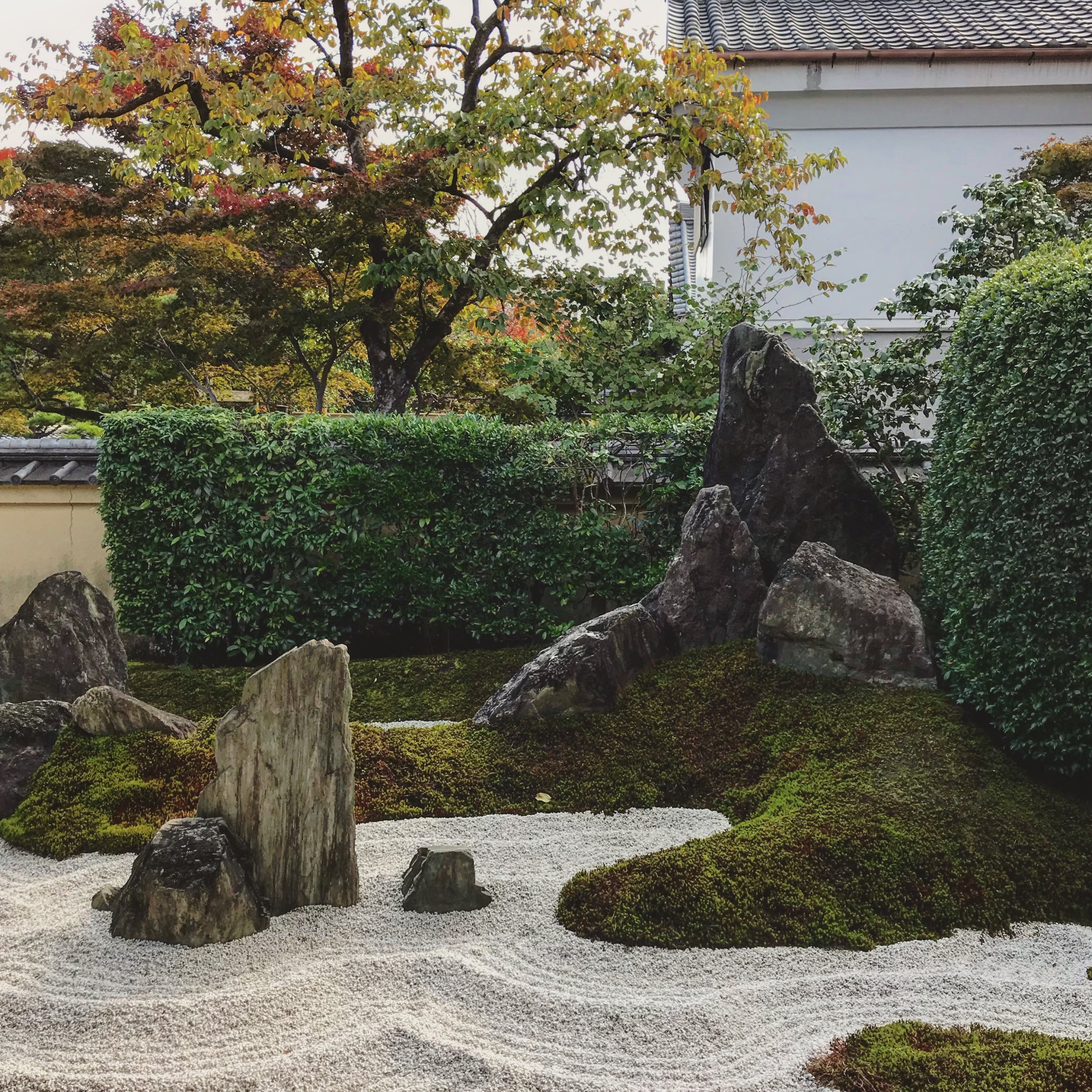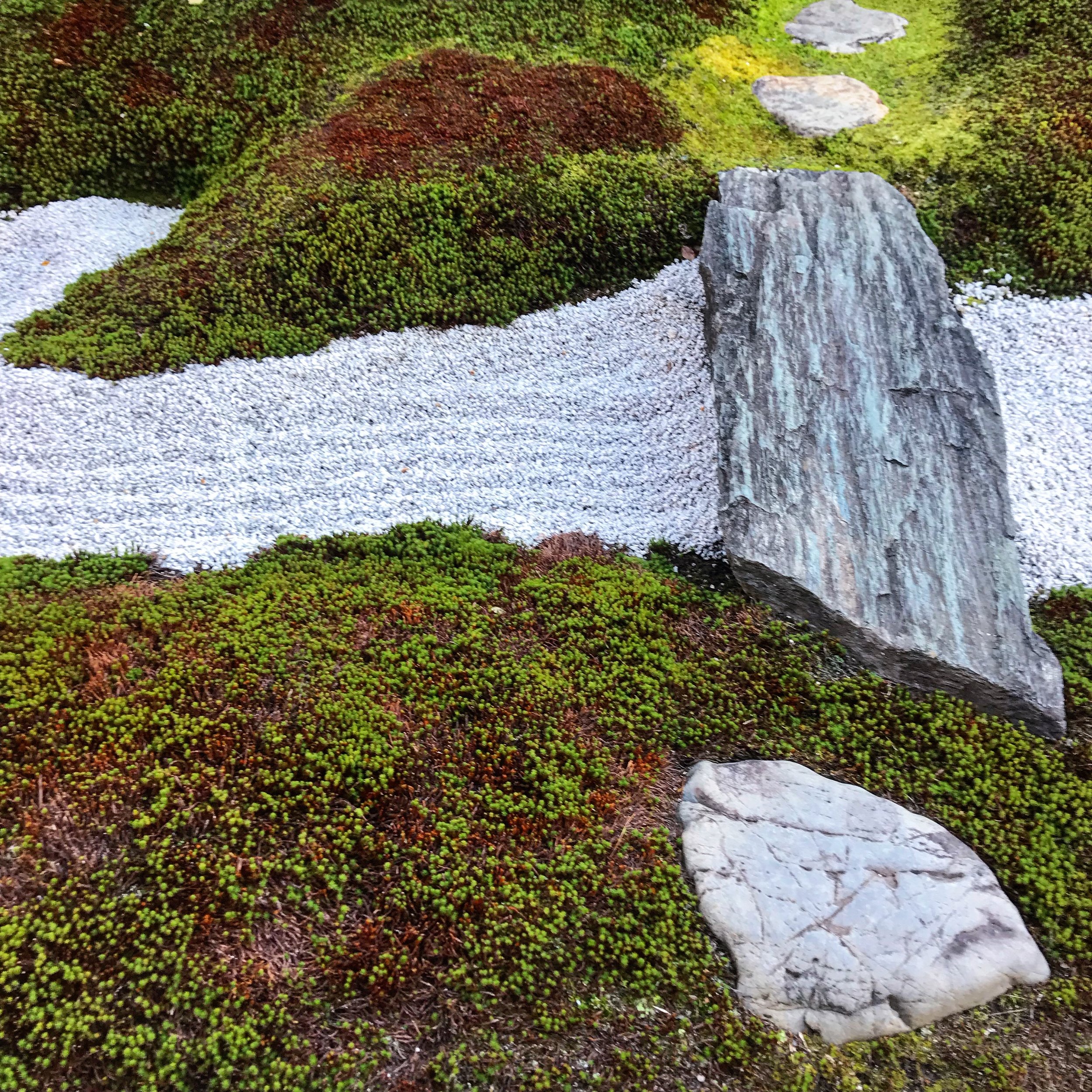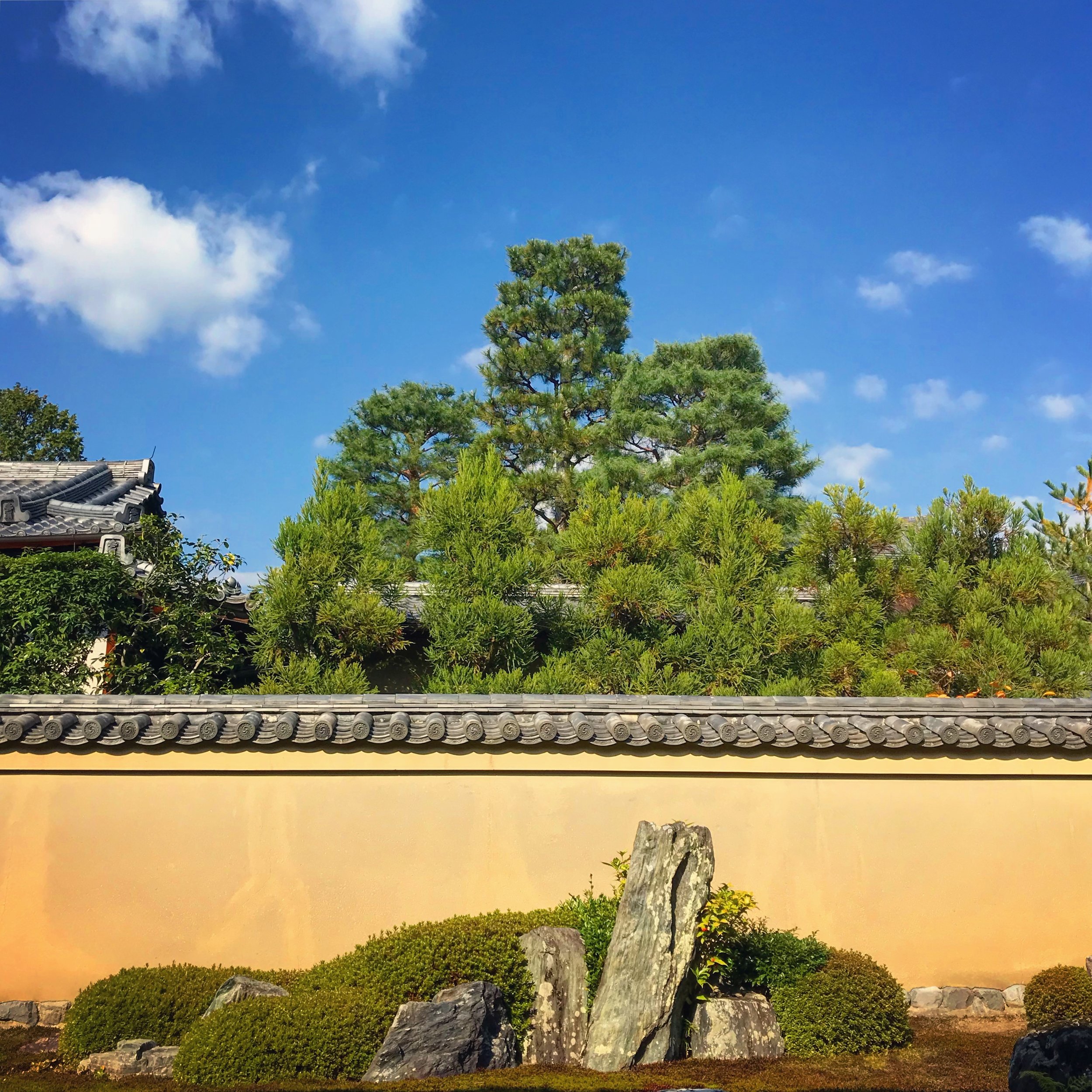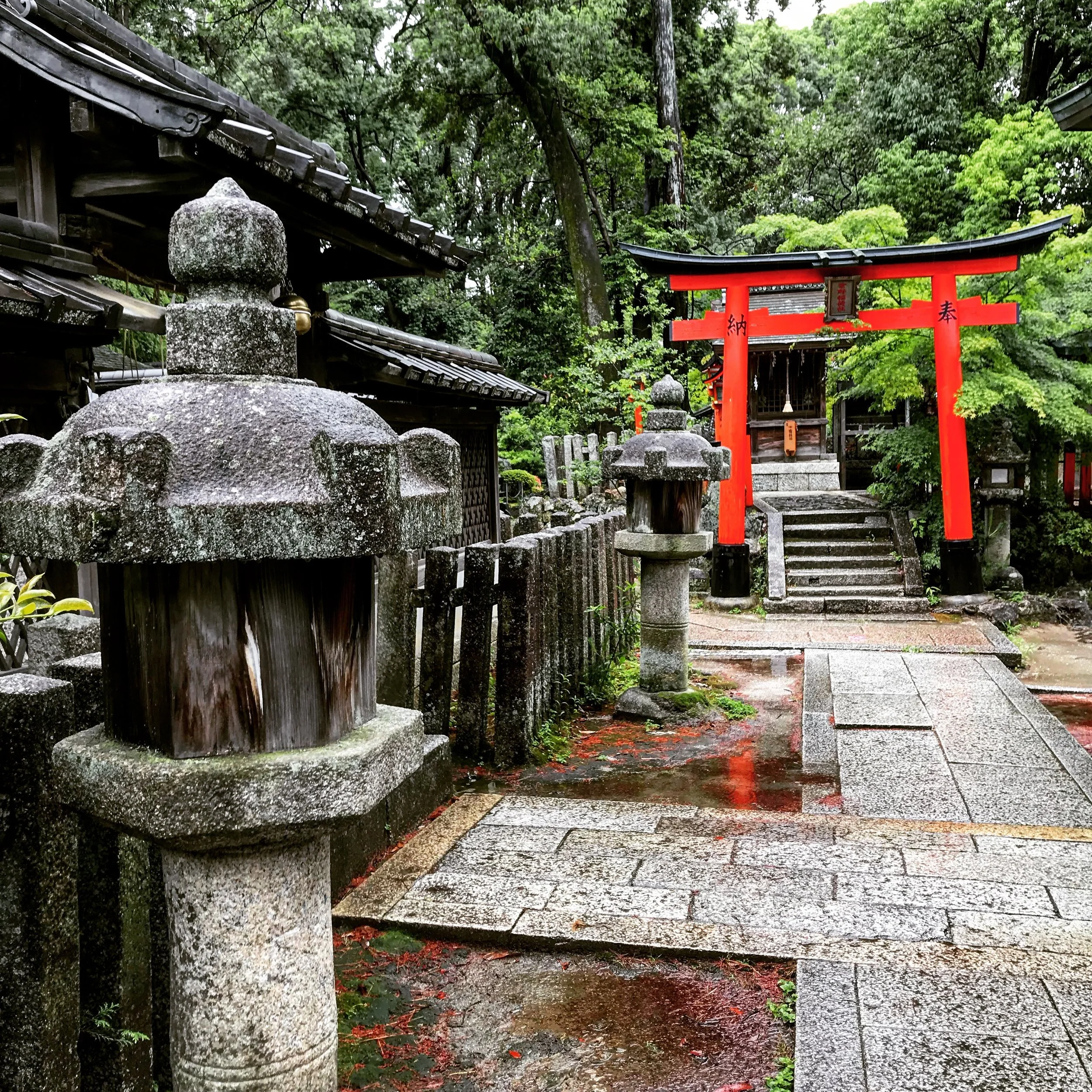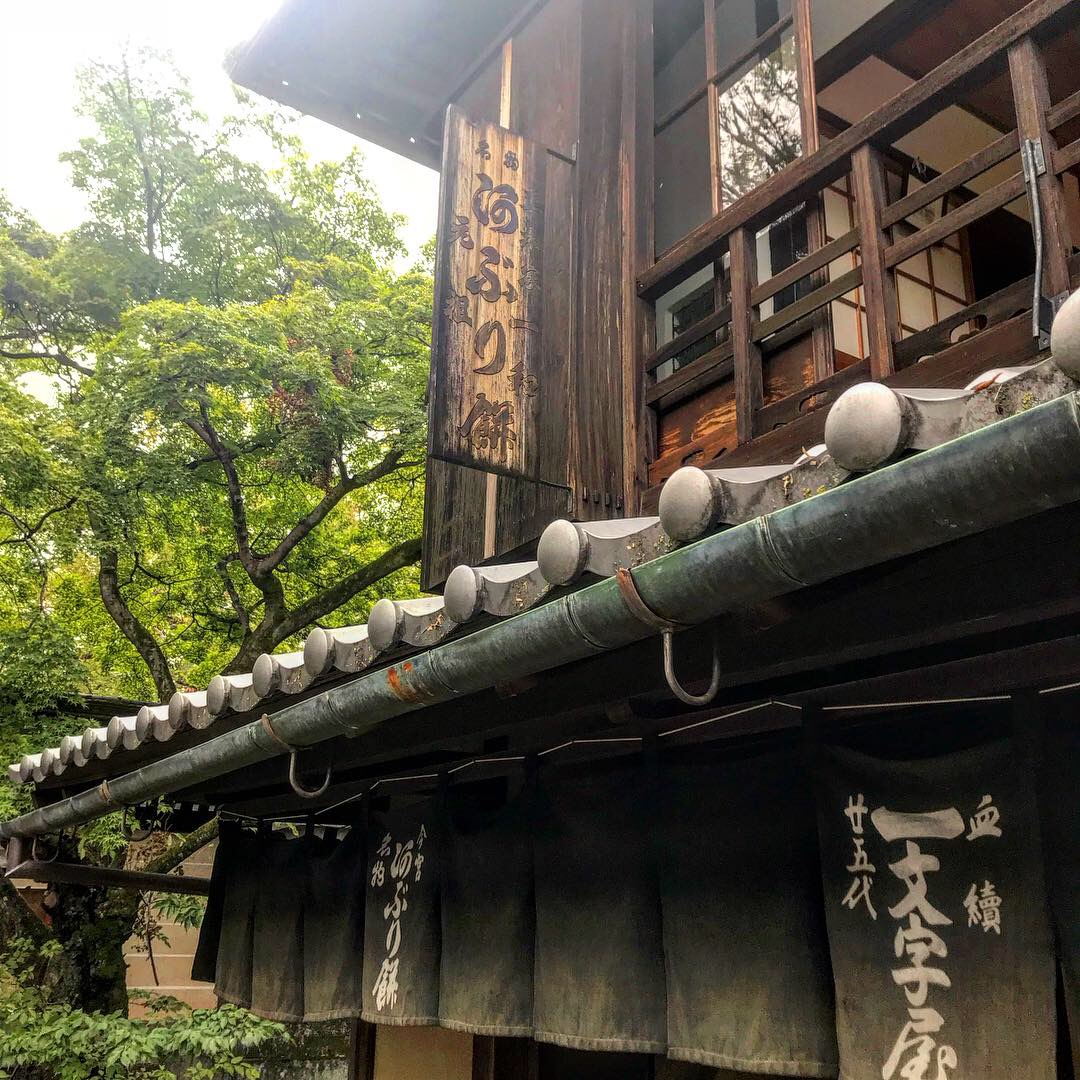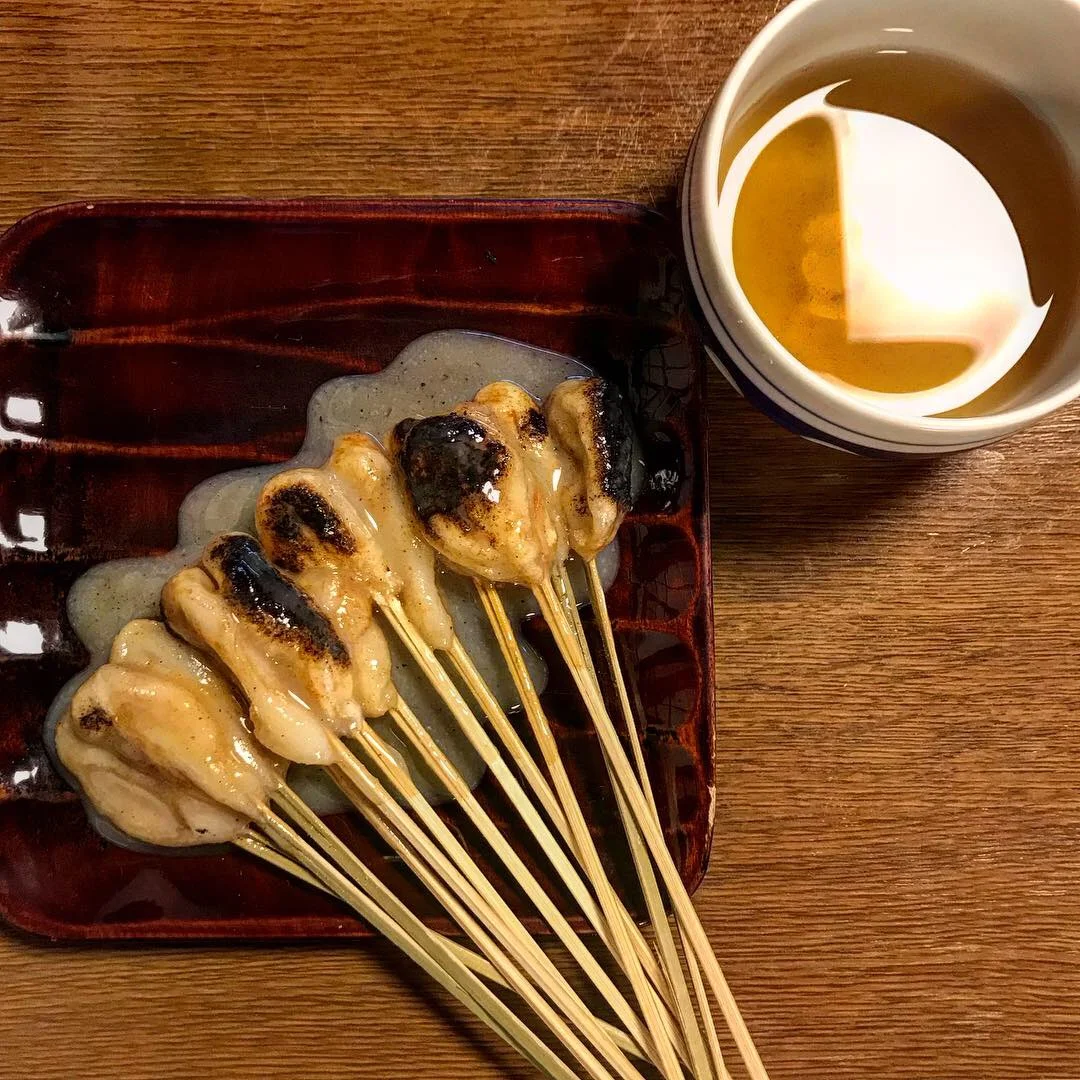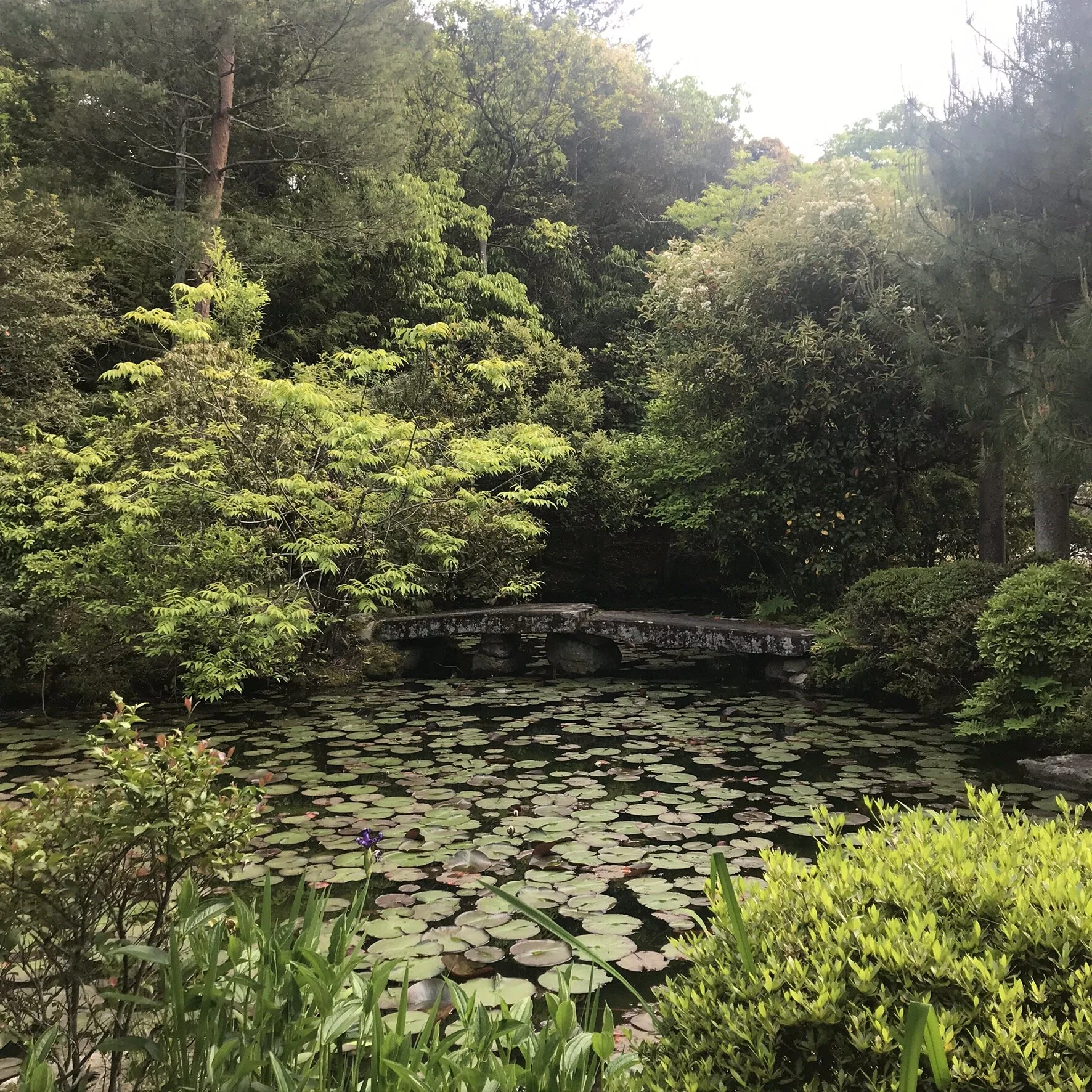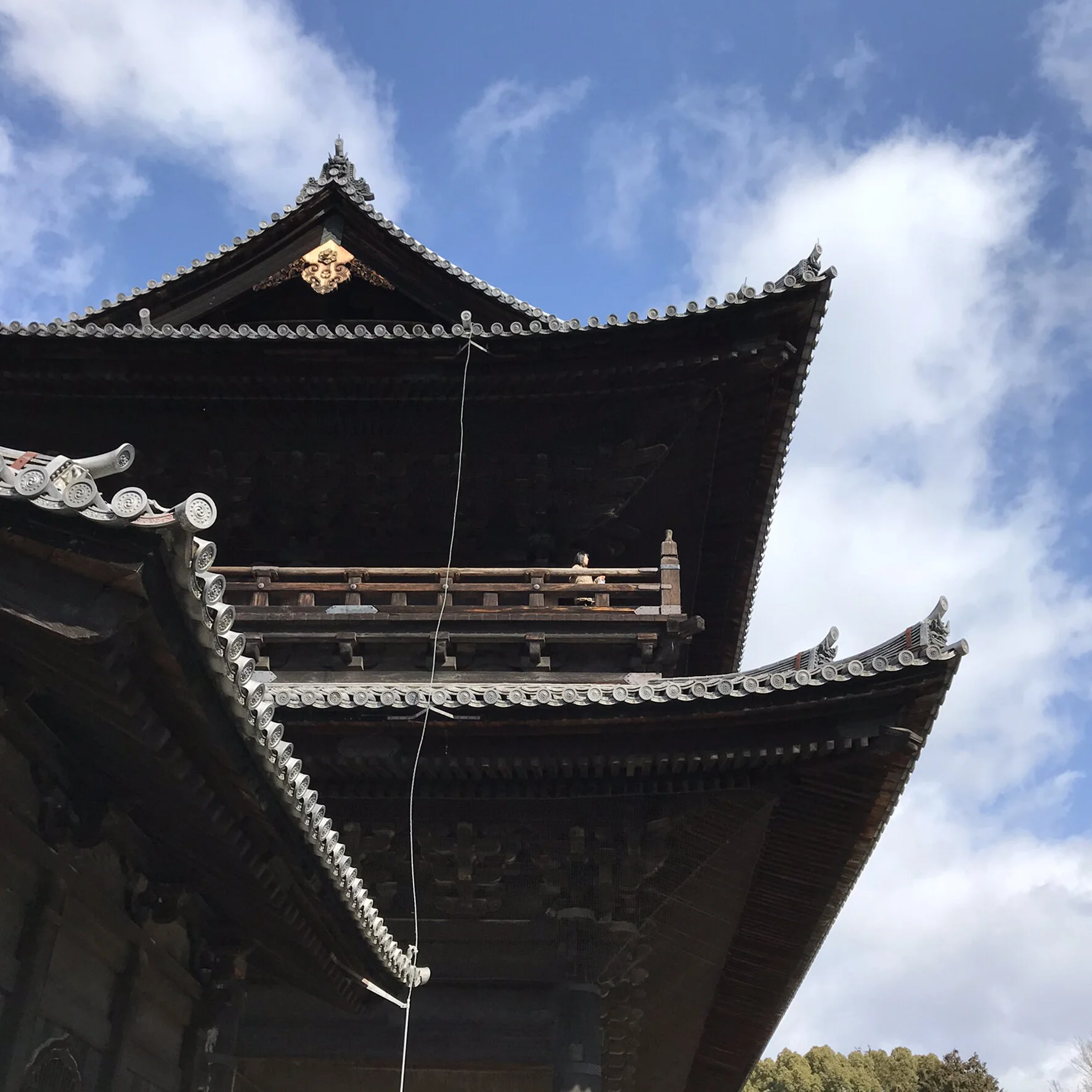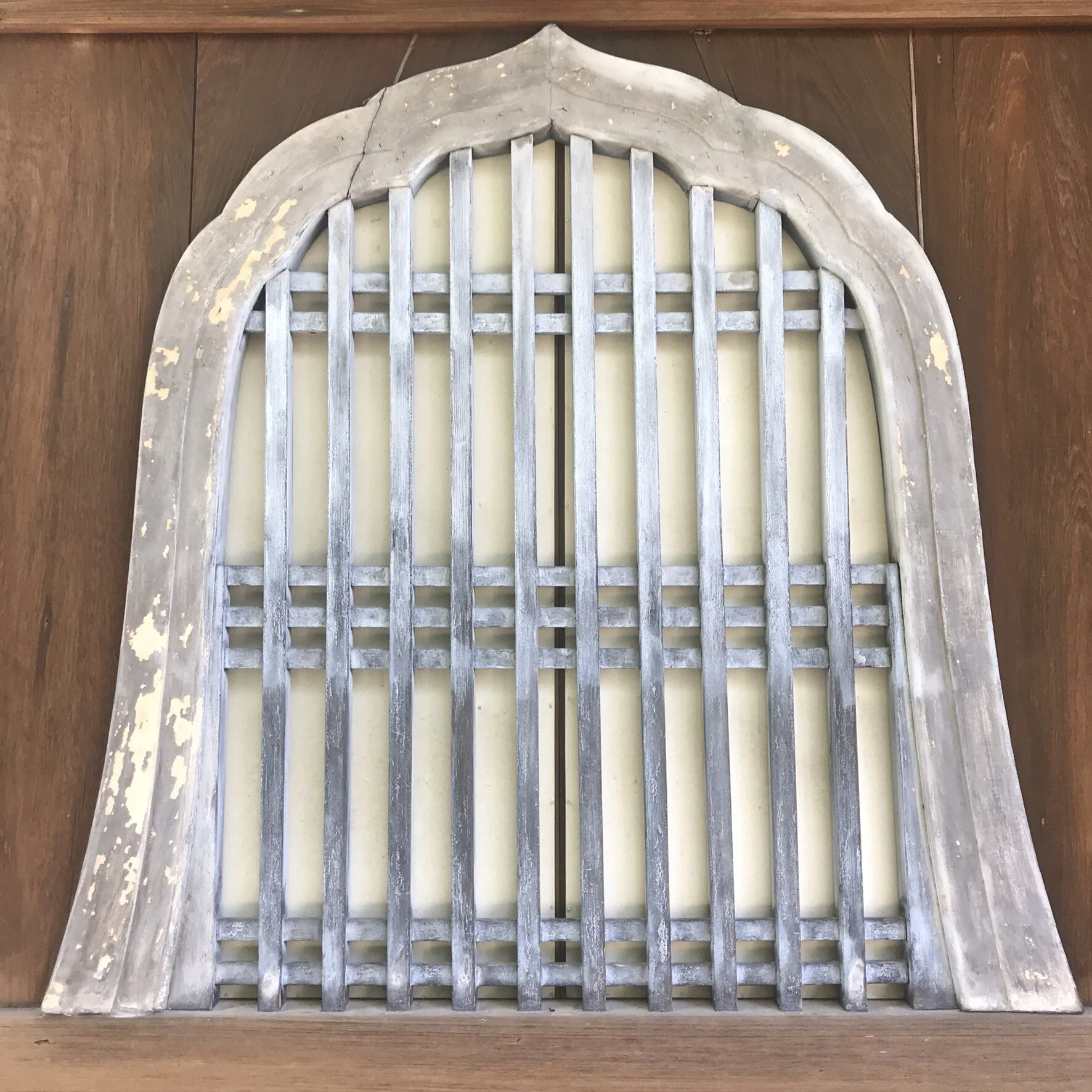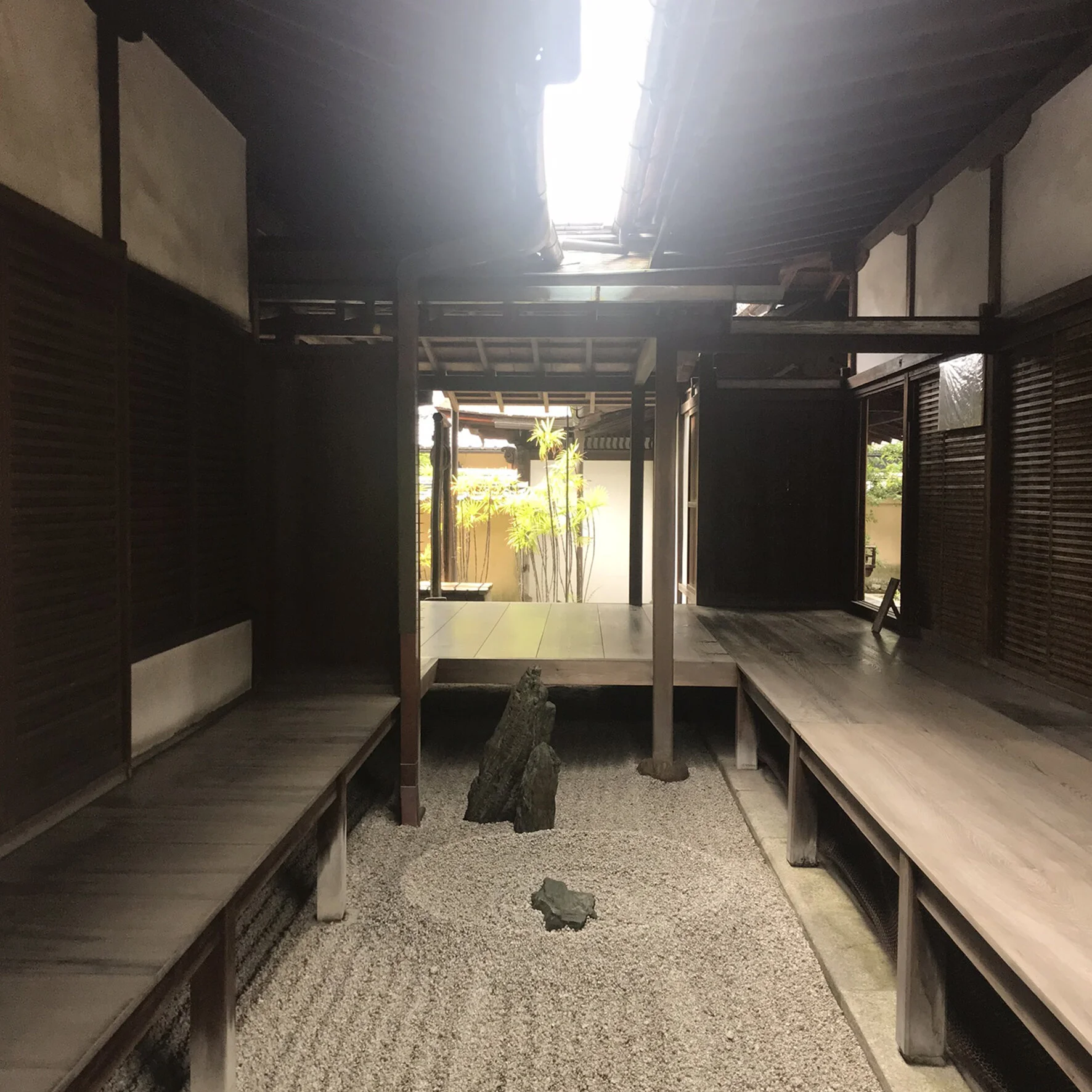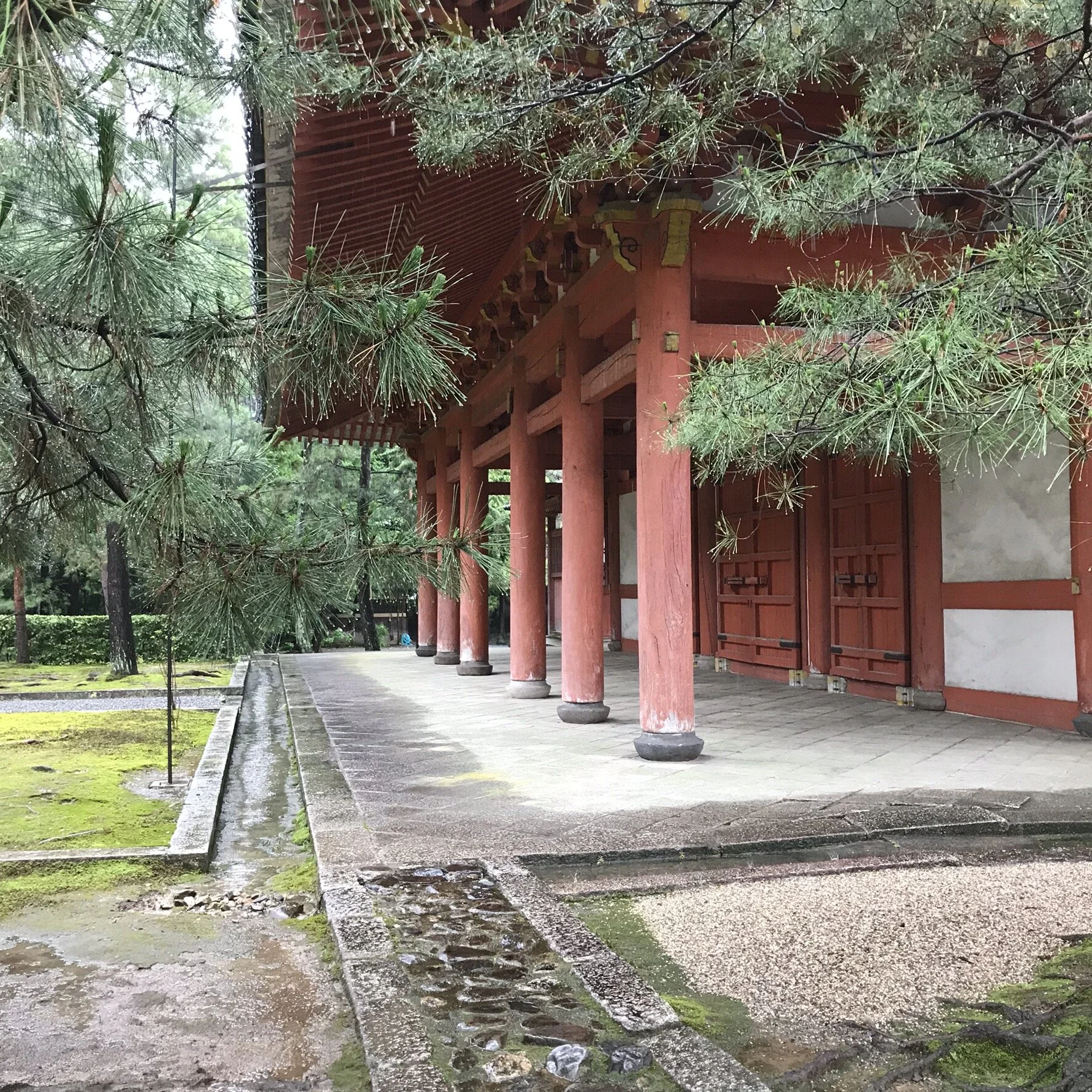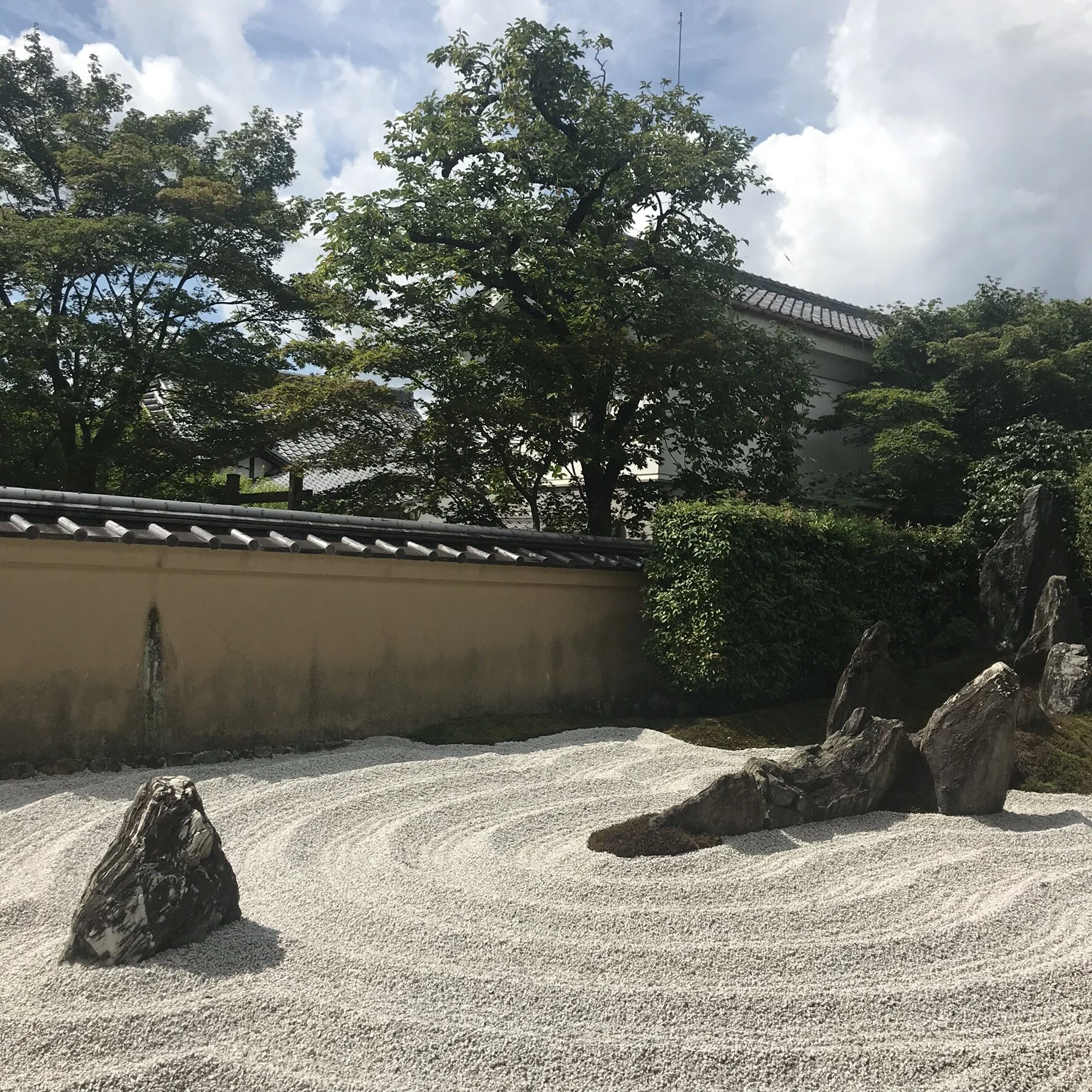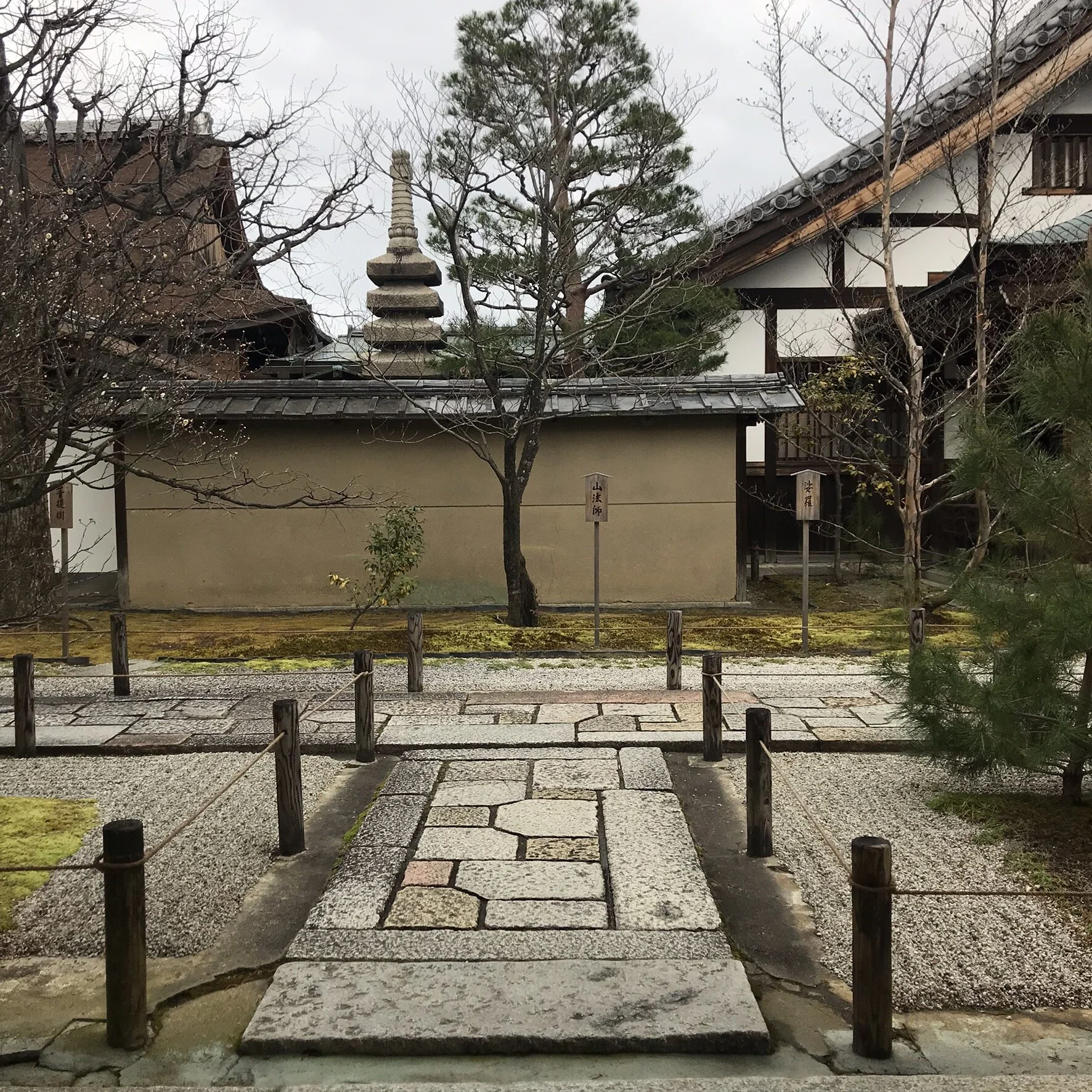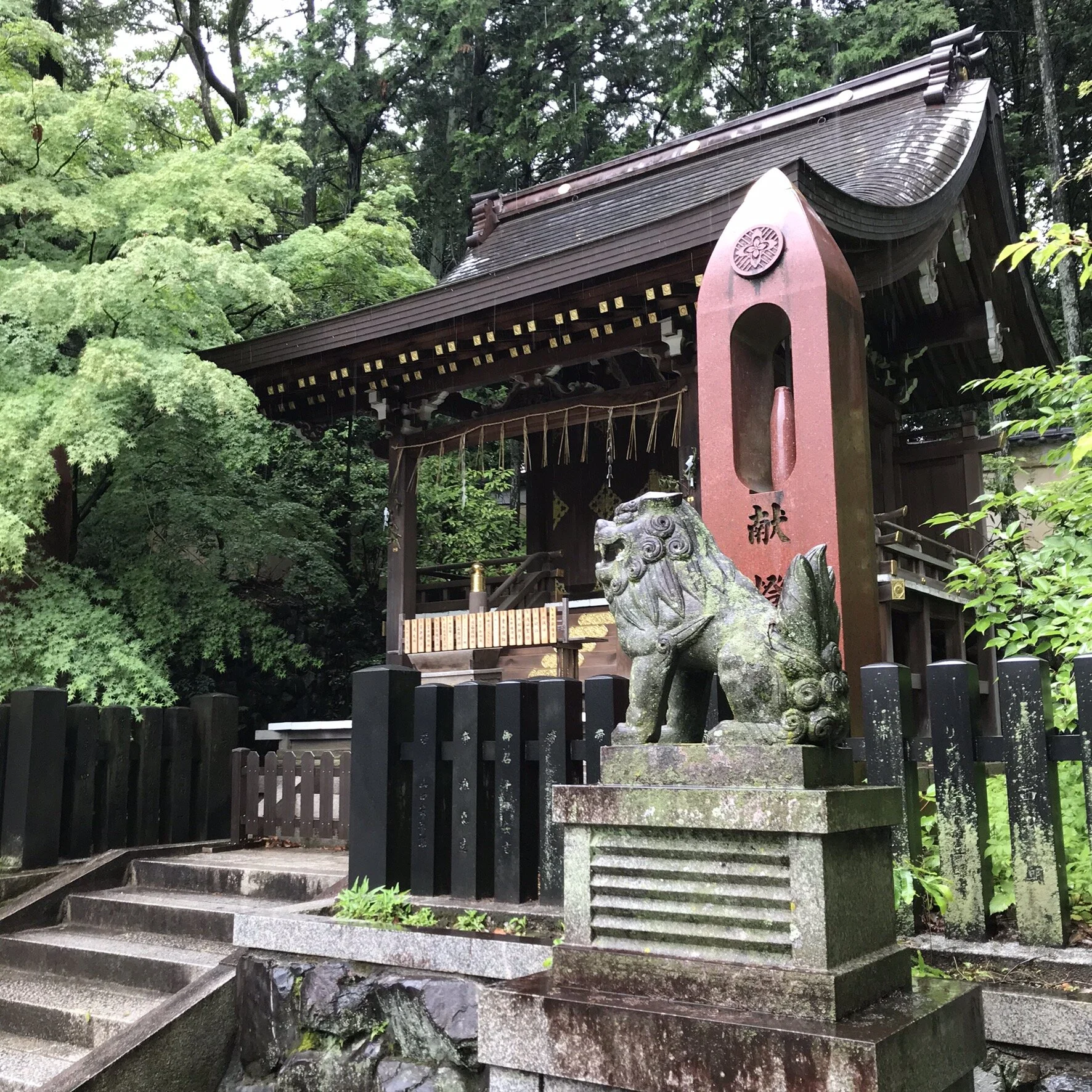ROCKS AND SAND
"The infinite is the infinite of every instant."
-Zen proverb
Stone gardens represent an idealized environment-the world as it should be, with all the right balances and dynamics firmly in place. Our minds are nourished as we spend time in an atmosphere like no other we have ever experienced. But the beauty and depth of these gardens, which perfectly blend art and nature, can only be fully revealed when such elements, concepts and representations that are found in them are understood.
Led by a trained landscape designer that has worked in the gardens of Kyoto, you will get away from the crowds and occupy some of Kyoto's most magical and sacred spaces. In-depth explanations and insights into the world of Japanese gardens will be provided as we tour the gardens of two of Kyoto's most prominent Zen monasteries, Nanzen-ji and Daitoku-ji.
The Japanese stone garden will be revealed to you as an expression of profound and high art. Once the day is finished you undoubtedly will never look at rocks, trees, moss, sand and water in the same way again.
SITES VISITED
KONCHI-IN A temple so closely connected to a central figure in Japanese history that there is a shrine dedicated to him on the grounds. This temple is a tour with-in a tour as it has all elements one could hope to see: high-level architecture, gardens, statuary, paintings and the aforementioned shrine. As we spend time in this temple all worldly stresses will fade away.
NANZEN-JI SANMON One of the largest temple gates in all of Japan and one of the major architectural landmarks of Kyoto. Remarkably very few metal nails or screws were used in it’s construction. It is impossible to not get lost in your thoughts as you marvel at the technical genius necessary to create such a masterpiece,
TENJU-AN We arrive at the “Hermitage of the Heavenly Teacher”. This temple contains two profound gardens, one of which when entered, gives the sensation of suddenly entering into a forest and having stumbled upon a fairy tale world.
NANZEN-JI HATTO The Hatto is the central structure of the Nanzen-ji monastery and is where formal events and official Buddhist ceremonies are held. We will have a chance to have a look into the massive space and view a powerful image on the ceiling.
NANZEN-JI SUIROKAKU This aqueduct is part of a canal system that was constructed to carry water and goods between Kyoto and Lake Biwa in neighboring Shiga Prefecture. As we spend time under this architectural giant we will no doubt contemplate why in the world such a thing exists here in this monastery!
NANZEN-JI The head temple of this monastery, tucked into the base of the Higashiyama mountain range. Home to what seems like a never-ending collection of magnificent courtyard gardens and paintings, this is one of the finest examples of high level traditional Japanese art in all of Kyoto. There is no way one can leave here without being thoroughly impressed.
RYOGEN-IN The oldest structure on the grounds of this monastery, a garden which represents a mythical mountain that may be as tall is one million miles, and the smallest Zen garden in the world (so it says). Very powerful atmosphere in this very small temple.
DAITOKU-JI SANMON The gateway contains a statue whose creation led to Japan’s preeminent tea master being forced to commit ritual suicide.
ZUIHO-IN Another small temple in this monastery whose gardens were created by Shigemori Mirei, known as the master of modern Japanese gardens.
DAITOKU-JI BUTSUDEN Surrounded by enormous trees, we will have a chance to look inside the Buddha Hall dating back to the mid 1600’s.
DAISEN-IN The garden in this temple, plainly put, is what set me on the path to eventually coming to live in Japan. The ultimate example of garden as painting. Or painting as garden. It tells of the two lives- one following the path of Zen and the other which doesn’t.
IMAMIYA JINJA We leave Daitoku-ji and arrive at this nearby shrine, one of the oldest in all of Kyoto. There is an interesting story here which explains why young ladies come here to pray that they find a wealthy mate. Aside from that, in it’s unique atmosphere we can feel the true way of the spirits.
ICHIKAWA A traditional sweets shop that has been serving up aburi mochi since the Heian period. As we relax on the tatami mats of this traditional structure we will be able to reflect on the sublime spaces we inhabited earlier in the day.




